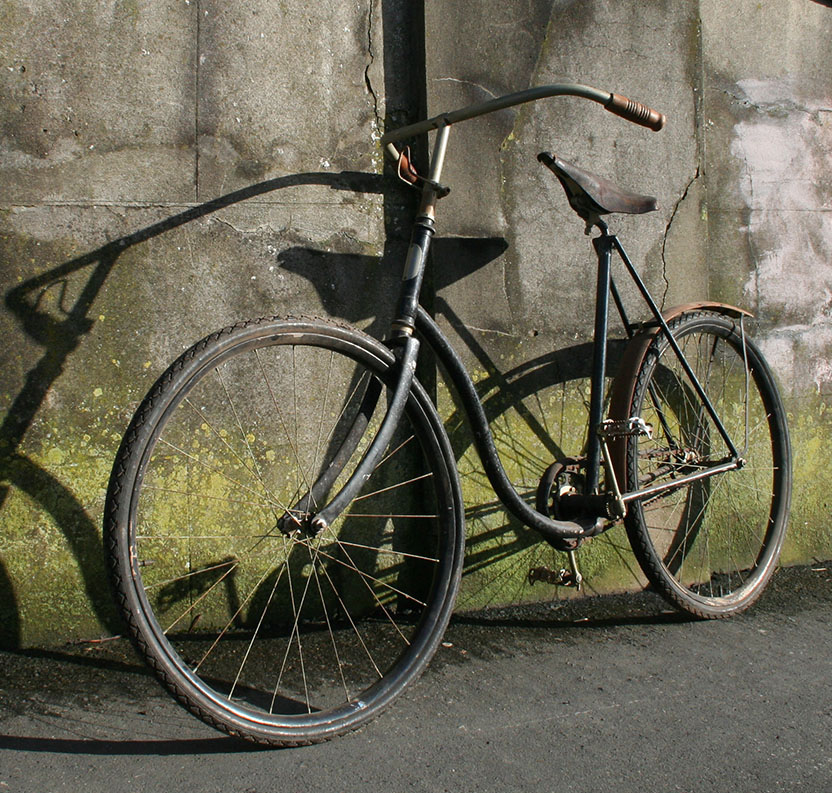
World’s fairs have dazzled audiences around the globe for over 150 years. Beginning with London’s Great Exposition of 1851, some ninety world’s extravaganzas have been held, most in the United States, Canada and Europe. The themes and motives of the fairs are similar: to commemorate a historic event, to educate and entertain, to sell new products, to peer into the future and, though rare, to turn a profit for the sponsors.
Some have been more successful – and memorable – than others. The Paris Exhibition of 1889 was a marvel of engineering achievement with its Eiffel Tower. The 1915 San Francisco gala celebrated the opening of the Panama Canal. The string of fairs in the 1930s, in Chicago, Brussels, San Diego, Dallas, Cleveland, Paris, San Francisco and New York, were remarkable for their elaborate commercial displays and uplifting effect on depressed economies. The Seattle World’s Fair of 1962 propelled visitors into the next century. But when it comes to pure scope, grandeur and far-reaching legacies, the World’s Columbian Exposition of 1893 outshines them all. Twenty-eight million visitors. Buildings stretching a third of a mile. The world’s first Ferris Wheel – with cars the size of buses. The first amusement section ever at a fair. Replicas of a full-size battleship and Columbus’ three caravels, which were sailed to the fair from Spain. Architectural impact reaching into the new century. These and the many other highlights of the fair enthralled visitors of the 1890s – and likely would thrill the most sophisticated visitor of today.
Norman Bolotin & Christine Laing, ‘The World’s Columbian Exposition’
The Columbian Exposition introduced 28 million visitors to the very latest in human achievement. The Ferris Wheel was its masterpiece, built to rival the Paris Exposition’s Eiffel Tower, and carrying forty people in each of its thirty-six railcar-size cabins to reach 264 feet into the air. 1.5 million people paid the 50 cents fee to experience George Ferris’ incredible invention.
But such was the majesty of the Fair, and the grandeur of its external architecture, that few records remain of the exhibitions inside. Bear in mind that, in 1893, camera technology was still in its infancy. Although the bicycle industry was well-represented, most cycle manufacturers did not fully capitalize on their companies’ presence. Colonel Pope was the exception, naming his 1893 Columbia bicycle ‘The Century.’ Overman Victor received good coverage of their display in the 1st July, 1893, issue of Illustrated American magazine, which you can read below.

1893: OVERMAN VICTOR DISPLAY at the WORLD’S FAIR








1893 VICTOR FLYER

TO SEE MORE OF THE
1893 OVERMAN VICTOR FLYER
PLEASE CLICK HERE

1893 OVERMAN VICTORIA LADY’S SINGLE TUBE BICYCLE

TO SEE MORE OF THE
1893 OVERMAN VICTORIA
PLEASE CLICK HERE












